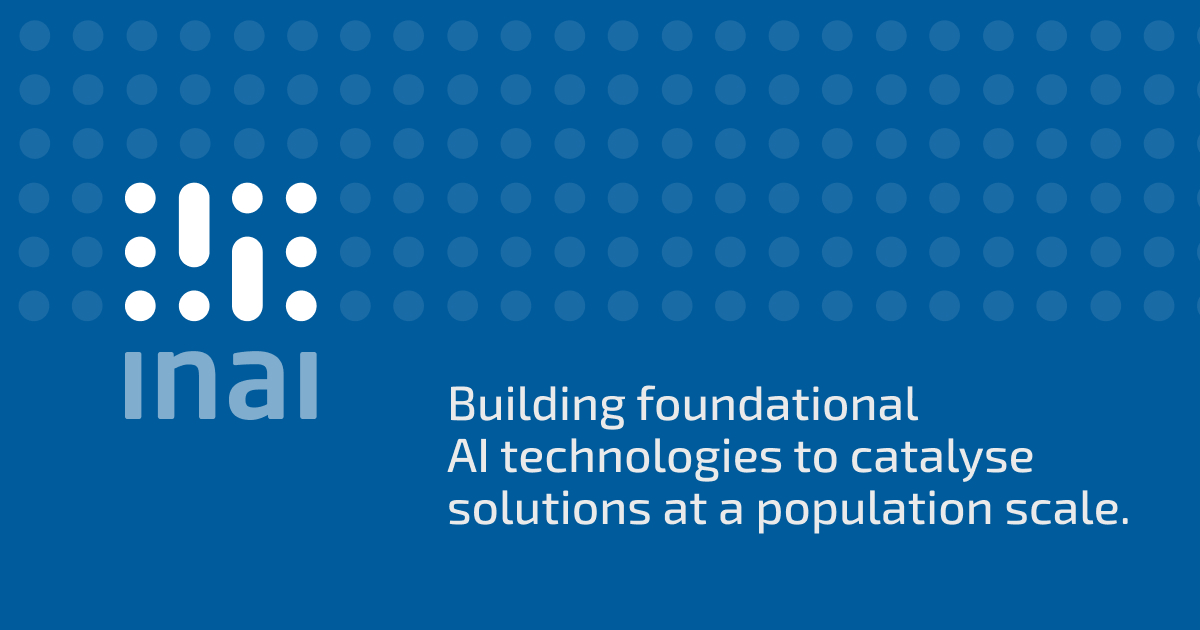AI/ML for more efficient and accurate diagnosis of cancer and other diseases: IESA
 Diagnosis of cancer and other diseases is a manual and challenging process for Pathologists in the field. IESA held a webinar focused on challenges faced and opportunities to use the latest developments in AI/ML for more efficient and accurate diagnosis.
Diagnosis of cancer and other diseases is a manual and challenging process for Pathologists in the field. IESA held a webinar focused on challenges faced and opportunities to use the latest developments in AI/ML for more efficient and accurate diagnosis.
K Krishna Moorthy, President and CEO, IESA, welcomed the audience and introduced the speakers. Dealing with diagnostics absolutely correctly is very important. Growth of technology and how to use that needs to be understood.
Dr. D Nageshwar Reddy, Chairman & Chief of Gastroenterology, AIG, delivered the keynote about the impact of AI on medical diagnostics. Medical is highly image related. We can diagnose early cancers and ulcers based on imaging. Intelligence was brought to endoscopes. We have intelligent endoscopy. Today, AI has been introduced, along with digital. AI will become an integral part of medicine. We are now seeing a combination of doctors and engineers working today.
AI transforming medical diagnostics
Dr. Ms. Anuradha Sekaran, MD, Director and Chief of Pathology AIG, talked about how AI is transforming medical diagnostics. There is the role of pathology in cancer diagnosis. There is personalized medicine in oncology. A pathologist gives critical clues to the doctor for cancer diagnosis.
There have been some technology breakthroughs, including next-gen sequencing. Change in pathology was very slow, but is now picking up. There is immunohisto-chemistry (IHC), an important ancillary tool in pathology for definitive diagnosis of cancer by detecting tumor antigens. Next-gen sequencing and massive parallel sequencing are also there. It is the genetic test used to detect tumor specific genetic alterations.
She presented a case study on prostate cancer. Low and intermediate risk group patients are offered radiotherapy. High risk group patients require radical prostatectomy. The variation in Gleason scoring was observed with significant P value. The Gleason grading system refers to how abnormal your prostate cancer cells look and how likely the cancer is to advance and spread. A lower Gleason grade means that the cancer is slower growing and not aggressive.
Challenges remain in haematology and cytology, biopsy and IHC. Digital and computational pathology are needed. Advantages of digitalization include organization and storage of data by digital archives, etc. Today, there is telepathology in Covid-19 era. AI-based pathology is the future of cancer diagnosis.
AI automates the diagnostic process. There is digital screening of the cervical smear. It uses neural networks and deep learning to highlight the abnormal cells from the others. Some AI platforms are advanced enough to give final diagnosis. Digital pathology and AI leads to reproducibility, accuracy, and workload reduction. Late Steve Jobs of Apple had pancreatic cancer. There is also the AI app in healthcare.
AI is also used in Ki67. Aiforia clinical AI model for breast cancer, Ki67 is able to calculate Ki67 positive and negative cells specifically in invasive areas of human breast tissue in whole slide images (WSI), as well as in specific areas, making it a first-of-its kind diagnostic tool. AI-driven PD-L1 scoring is also used in lung cancer. AI will assist the pathologist in the future. AI will be used in endoscopy and pathology.
Deeper insight needed
Varma Konala, CEO, INAI (Applied AI Research Institute) talked about the path to deeper insight. AI is the driving force. Machines are able to meet or exceed human image and speech recognition using DL. You need to collect all data and have sets of tools. You need to do training, get trained models, deploy them in servers or edge machines, do optimization, and clinical validation, etc.
Compute doubles every 1.5 years. Today, data doubles every year! AI algorithms are used in every aspect of healthcare. AI healthcare investments in India are in line with global. India has advantages of huge population, data diversity, and collaboration scope. Applied AI is used at IIIT Hyderabad. Healthcare and smart mobility are the current focus domains.
INAI objectives include annotated and curated datasets, open, secure data exchange platform, and foundational AI algorithms and tools. It leads to robust data governance frameworks. Screening and diagnosis lead to precision medicine. Early cancer screening has rural reach out with AI as an assist.
We need to create India histopathology datasets in two areas — oncology and nephropathology. NIMS Hyderabad has biopsy samples of patients collected 10 years ago. Precision medicine leads to OMICS. There will be an explosion of trans-OMICS data in the coming decade.
We have challenges. These are privacy, explainable AI, federated learning, dataset bias, business transformation, and regulation. Aadhaar and UPI proved the value of open backbone. Digitization and AI are transforming the sector. Screening can receive the biggest fillip from Aadhaar.
































